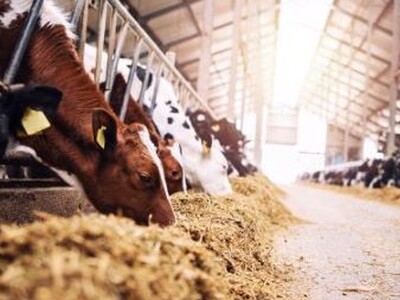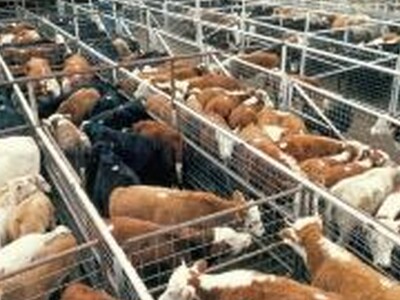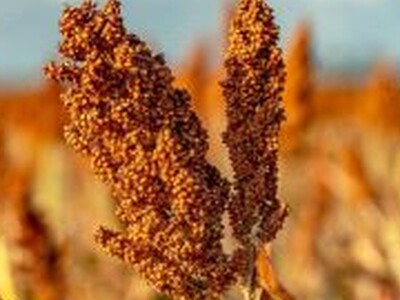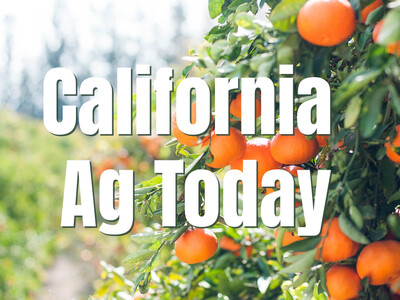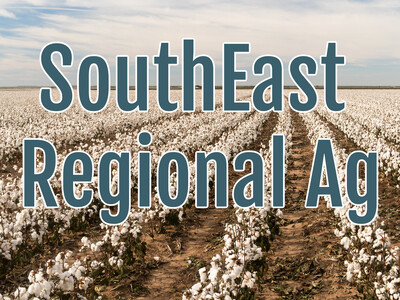Commodities
When it comes to commodities, preliminary statistics show most sectors with significant growth since 2005. While agriculture's growth curve has slowed down in recent years, certain crops and livestock commodities have enjoyed a very healthy increase in production value over the past decade. In fact, only one commodity in the top 20 has recorded a decrease over the 10 year period and that drop is very small.Newly released statistics from USDA's National Agricultural Statistics Service (NASS) provides a preliminary picture of 2015's crop and livestock value of production. Several top ten commodities dropped in production value in 2015, but still show strong gains over a 10 year period. For the second year in a row, cattle and calves tops the list. The cattle industry tends to be cyclical and the strong prices enjoyed the past couple of years are weakening in 2016. Nonetheless, cattle and calves is expected to be a mainstay at or near the top of all commodities in the foreseeable future. Should we expect cattle and calves to remain in the top spot when the statistics come out for 2016? Jim Johnson of the Oregon Department of Agriculture: "No, and not because they are doing badly in the long term. It's just the character of the livestock industry that they have ups and downs in terms of prices and the like. Cattle and calves are going into one of their down periods in terms of prices and such. I would not be surprised if they come back and challenge for the number one position again if that is indeed taken away from them."
The greenhouse and nursery sector has steadily recovered from the nation's economic recession shortly after the commodity reached above the billion dollar mark in 2007. Greenhouse and nursery's production value hit a low point in 2010. The industry is now fairly close to where it was a decade ago, at a 3 percent increase from 2005.
Hay saw a decrease in 2015 compared to 2014. However, the commodity remains solid and has actually increased in production value the past 10 years by 70 percent. Similarly, milk recorded a big drop last year but has increased since 2005. Like greenhouse and nursery, the grass seed industry suffered greatly during the recession but is now back to where it was 10 years ago.
Wheat prices continue to decrease the crop's value, which also saw a drop from 2014 to 2015. However, wheat is still 20 percent higher in production value than it was 10 years ago. The pendulum has swung widely over the years. Five years ago, wheat's value was twice as much as last year's figure.
Potatoes remains in 7th place among top commodities and recorded a slight increase in 2015. Potatoes was also 7th in 2005, but the value has increased 36 percent since then.
Easily the most astonishing growth over the years has been the wine grape sector. Just 10 years ago, the production value was modest. In 2015, it topped a whopping 308 percent increase from 2005.
After dropping out of the top 10 for a year, onions has returned after a moderate increase in production value this past year to exactly where it was 10 years ago.
Outside the top 10, there are three commodities that have shown triple-digit percentage increases over a 10 year period. Blueberries remains a shooting star with a slight bump in 2015, but a huge jump of 246 percent since 2005.
The other two growth commodities include eggs and apples. Egg production value last year skyrocketed to a 131 percent increase from 2005. Coincidentally, the value of production for apples has also increased 131 percent over that same 10 year period. The growing interest in ciders is one possible reason for the recent higher number.
Overall, the swings in production and prices for crops and livestock have not been tremendously dramatic, with a couple of exceptions. The top 10 and even the top 20 generally contain the same names with a few changes in ranking. Look for that to continue when statistics for 2016 are tabulated.




